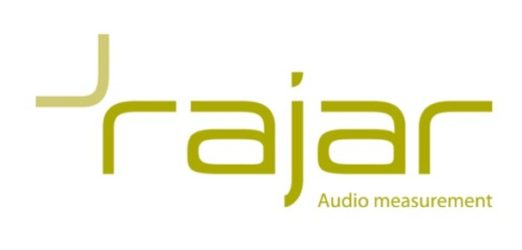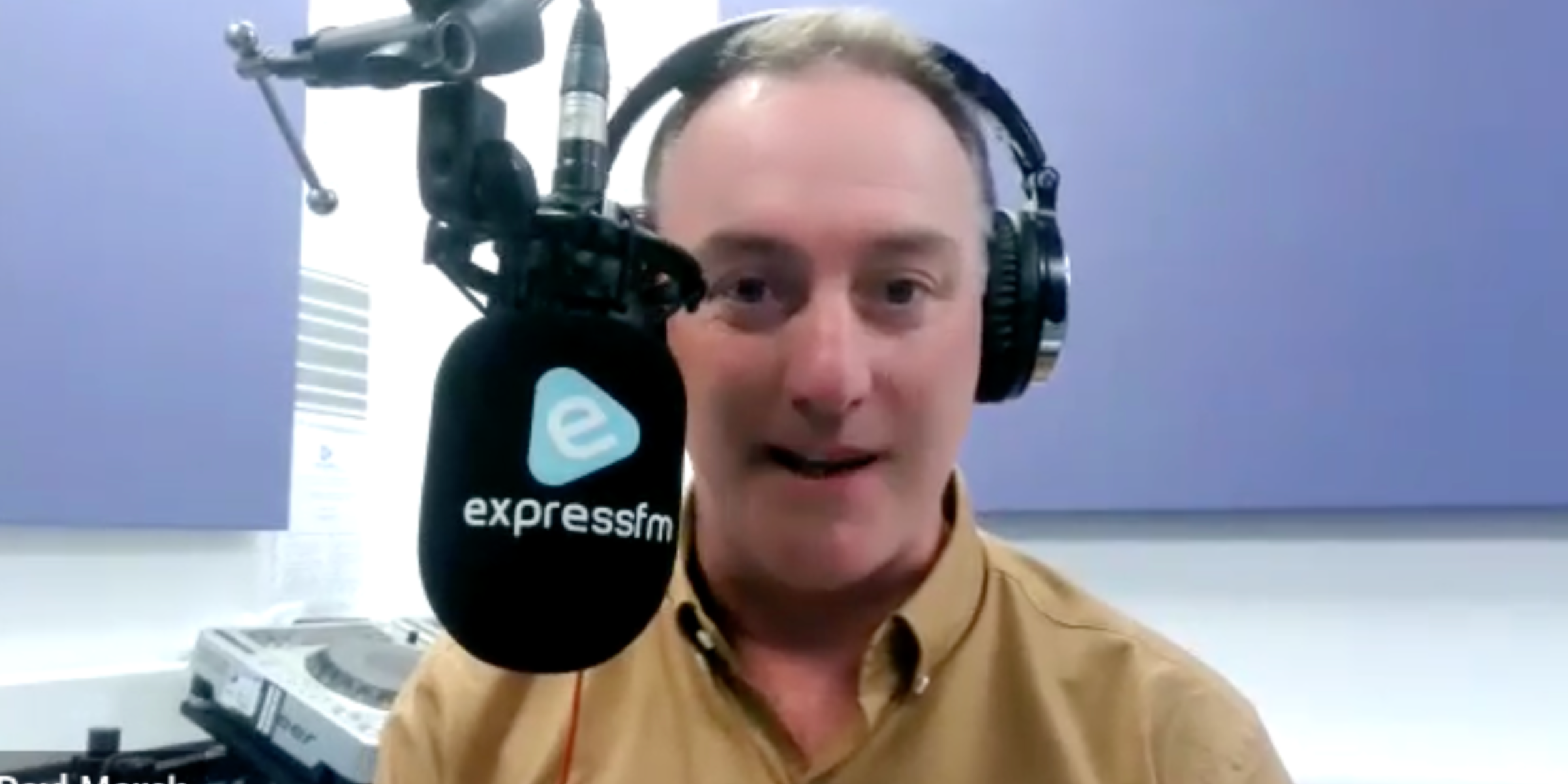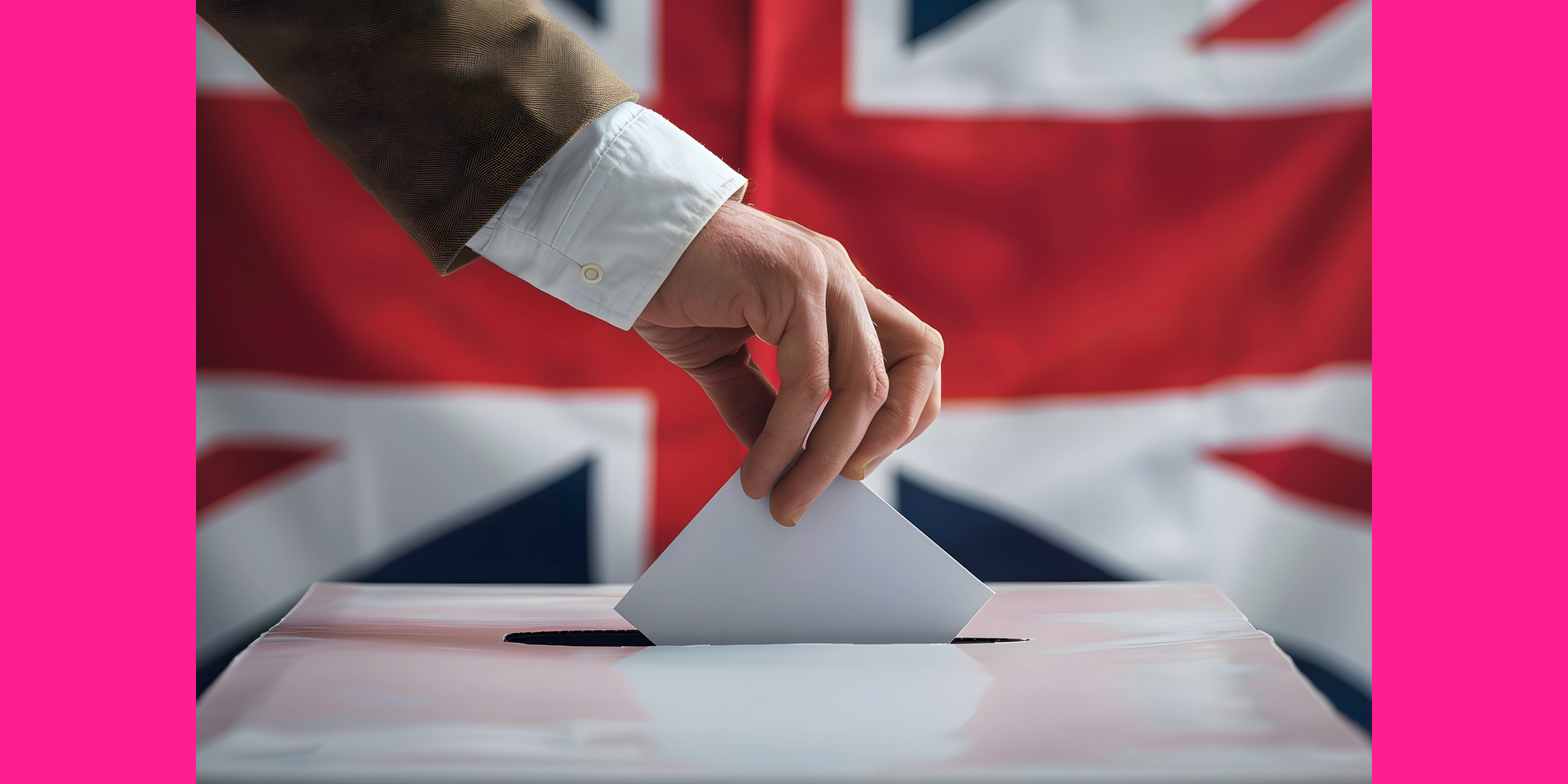Recent figures released by RAJAR (Feb 2020), the organisation that measures radio listening figures, are good news for talk based radio stations. Many of us may think we had had enough of Brexit and the General Election, but these two events have been credited with pushing up listener figures for BBC Radio 4 and BBC 5 Live amongst others.
After a drop in previous years, Radio 4’s audience crept up, from 10.4 million twelve months ago to 10.9 million today. Even the Today programme got a boost, despite threats of a boycott from listeners who claim to be exasperated by the show’s political coverage. Today has added an extra 371-thousand listeners giving it a weekly audience of just over 7-million. BBC Radio 5 Live meanwhile has gained an extra half million listeners, giving it a weekly reach of 5.4 million.
Commercial radio has followed suit. LBC for example rose to a new high of 2.7 million listeners, up by more than half a million from the previous year. The presenter so many of us love to hate, Nick Ferrari, now has over 1.5 million listeners. TalkRADIO meanwhile, whilst it has a smaller share of the market has seen a 40% surge, year on year, to 433-thousand listeners a week. Never shy about being controversial, in our experience, talkRADIO covers a wide array of topics and we’re always pleased to see it on one of our radio day schedules.
How have changing broadcast habits affected listening figures?
Broadcast habits for many audiences are changing, driven particularly by young people, so it’s not surprising to hear that more music based stations are being hit the hardest. BBC Radio 1, which targets 15 to 29 year olds, has lost over half a million listeners and it’s thought they’ve moved to commercial radio stations and streaming services.
Radio 2 attracted the biggest headlines when these latest RAJAR figures were released. Zoe Ball, who replaced Chris Evans in the breakfast show seat when he moved to Virgin, attracted an additional 335-thousand listeners, a slight reversal of fortunes for the programme which lost over a million listeners over the previous two quarters. With the help of Evans, Virgin Radio is up 8% with a record 1.76m tuning in.
One of the most interesting reflections from these latest figures is the way digital listening is growing. Traditional ways of listening to radio, such as AM and FM, are on the decline and digital listening has gone up from 52% to 58%. The number has been boosted by more digital radios in new cars, smart speakers and people listening via a mobile phone.
How does this changing landscape affect broadcast PR?
But what does this all mean for broadcast PR? It all depends on who your target audience is and what sort of coverage makes you happy. If you want to explain key messages and get brand exposure it’s good news; speech based radio is nearly all live and a live interview means more airtime and better editorial control. In our experience, Radio 2 is the least receptive of the national stations to PR generated stories, but there are opportunities aplenty with the other stations.
If you are more concerned about reach, then life has just got a bit trickier. Commercial, music orientated stations, who’ve seen their audience figures decline will be reviewing their strategies to address this. It could mean even less speech (therefore fewer PR stories) as they strive to make their output more appealing to the audience.
Either way competition for airtime will always be tough and as PR professionals our goal is to make our stories as suitable as possible for broadcast. That means a pithy top line, pegged to a particular date; a broadcast-style press release that looks more like a radio cue; and a good (ideally third party) spokesperson, available to do quality sound interviews.
There’s also positive news coming from BBC local radio, the basis for many a radio day. This sector of the corporation has started the process of change and is looking at ways of attracting younger audiences, by offering more targeted and focused content. BBC Local in England now has 5.6 million listeners, a small increase on the previous quarter, but at least going in the right direction.
Podcasts are still making inroads to radio audiences, but even with the launch of BBC Sounds and Global’s Global Player, radio listenership is still outgrowing podcast downloads. Conscious that this may change in years to come we now include selling-in to relevant podcasts editorially for some of our campaigns.
Are you thinking about commissioning a radio day? We’d love to talk to you about it. Email hello@shoutcommunications.co.uk for a quote and a copy of our Radio Day Guide. Or call 020 7240 7373 to speak to a member of the team.



